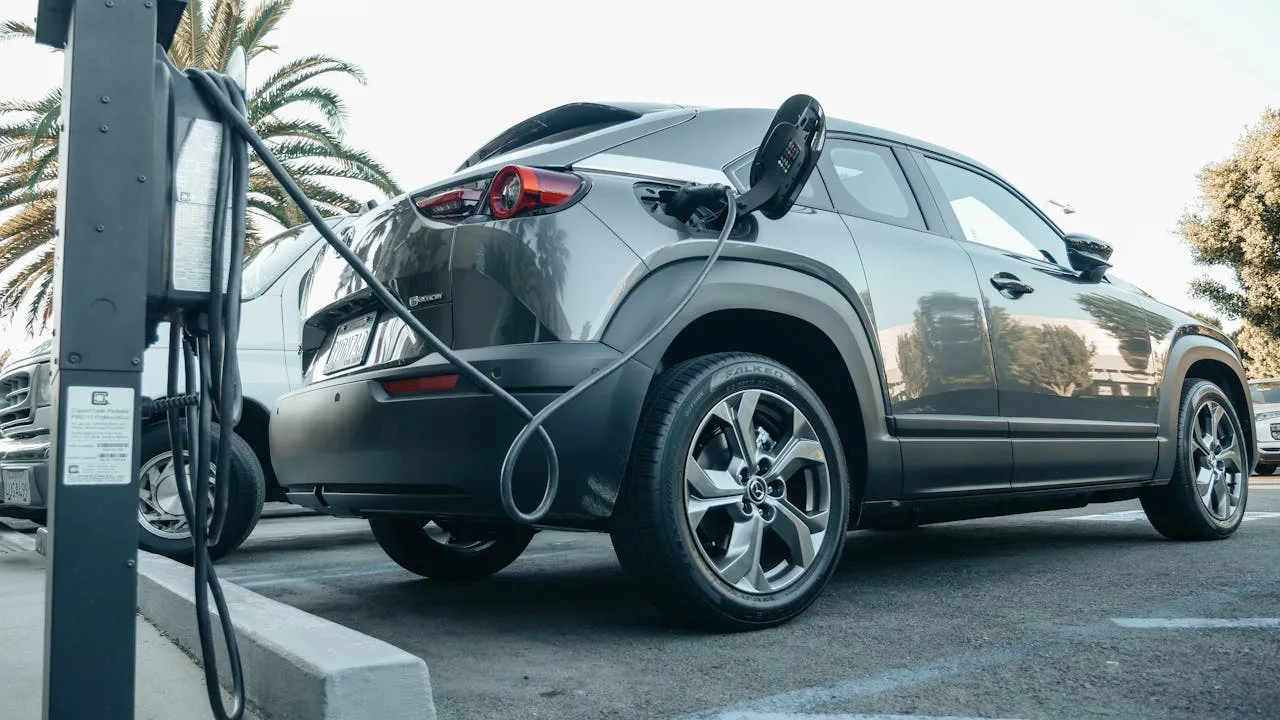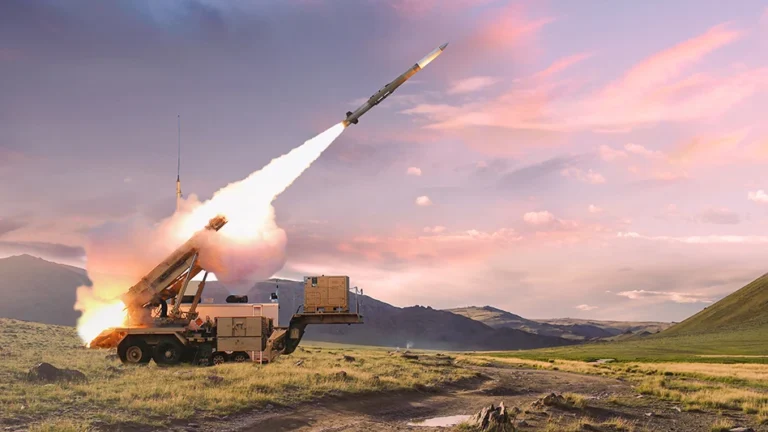
The “EV Charging Equipment Market – Global Outlook & Forecast 2024-2029” report, now available through ResearchAndMarkets.com, highlights a promising future for the EV charging sector. With a market value of USD 20.67 billion in 2023, the industry is projected to grow to USD 46.13 billion by 2029, reflecting a robust CAGR of 14.32% over the forecast period.
Fragmented Market Dynamics and Key Players
The global EV charging equipment market is highly fragmented, comprising a mix of specialized startups and multinational corporations. This diversity stems from the rapid pace of EV adoption and the broad range of solutions tailored to varied consumer and regional needs.
Leading players in the market include ChargePoint, ABB, Eaton, Star Charge, TELD New Energy Co. Ltd., EVBox, Kempower, Alfen NV, Wallbox Chargers, and Delta Electronics. These companies offer a range of charging solutions designed for residential, commercial, and public infrastructure.
- ABB E-mobility stands out for its DC fast charger network and reliable service.
- TELD New Energy Co. Ltd., a major player in China, operates 523,000 charging piles, delivering 9.3 billion kilowatt-hours of energy in 2023, a 59% year-over-year increase.
Market Drivers and Growth Catalysts
Several factors are driving growth in the EV charging equipment market:
- Government Policies and Incentives:
Subsidies, tax benefits, and emission regulations are key motivators for EV adoption and infrastructure expansion. Governments worldwide are incentivizing EV ownership and supporting the installation of charging networks. - Technological Advancements:
Innovations such as faster charging speeds, connectivity improvements, and vehicle-to-grid (V2G) technology enhance the user experience and operational efficiency of charging equipment. - Rising EV Adoption:
The increasing popularity of EVs among both consumers and businesses fuels demand for robust and extensive charging infrastructure. Growth in corporate EV fleets further amplifies this need. - Renewable Integration:
Integrating renewable energy into charging stations aligns with global sustainability goals, providing greener alternatives to traditional energy sources. - Collaborations Across Sectors:
Partnerships between automakers, energy providers, and tech firms foster innovation and expand the market’s reach.
APAC Leads Global Adoption
The Asia-Pacific region (APAC) dominated the market with a 56% share in 2023, driven primarily by China’s heavy investments in EV infrastructure and incentives to boost EV sales.
- China continues to lead with aggressive expansion of its charging network.
- Japan and South Korea emphasize advanced charging technologies and network growth.
- India, under programs like the FAME (Faster Adoption and Manufacturing of Hybrid and Electric Vehicles) initiative, is gaining momentum in EV adoption and infrastructure development.
Trends and Opportunities
Vehicle-to-Grid (V2G) Technology
V2G technology enables bidirectional energy flow, allowing EVs to act as mobile energy storage units. This capability helps balance energy supply and demand on power grids, enhances grid stability, and lowers energy costs for EV owners. The demand for advanced bi-directional chargers to support V2G interactions is expected to grow as EV adoption rises.
Sustainability and Fast Charging
Increasing environmental awareness is pushing demand for fast chargers that minimize charging times while improving energy efficiency. These chargers are critical for both urban centers and commercial fleets.
Industry Challenges
Despite its rapid growth, the EV charging equipment market faces notable challenges:
- Alternative Fuels and Hybrid Vehicles:
Alternatives like hydrogen, biofuels, and hybrid vehicles moderate the demand for charging infrastructure. For example, flex-fuel vehicles (FFVs) dominate in regions like Brazil, where limited EV infrastructure and lower vehicle costs hinder EV adoption. - Infrastructure Limitations:
Developing economies often struggle with grid capacity issues and high installation costs for charging stations.
Segment Insights
By Product
The AC charger segment held the largest market share in 2023 due to its cost-effectiveness and suitability for home charging. AC chargers integrate seamlessly with existing grids and support off-peak charging, making them ideal for residential use.
By End-Users
The residential segment led the market, driven by consumer demand for smart home-compatible charging solutions. Installing residential EV chargers also boosts property value, making homes more appealing to EV owners.
By Components
Hardware components such as connectors, power ports, and enclosures accounted for the largest market share. However, the software segment is growing rapidly, with a CAGR exceeding 14%, as digital solutions for station management and smart grid integration gain traction.
Key Players and Competitive Landscape
The market is led by established companies like ABB, ChargePoint, Delta Electronics, and EVBox, with emerging players such as Blink Charging, Tesla, and Siemens expanding their presence.
Prominent vendors are investing in cutting-edge technologies and partnerships to differentiate their offerings and enhance user experiences.
The EV charging equipment market is set to experience substantial growth, driven by technological advancements, government support, and rising consumer awareness. With increasing investments in infrastructure and innovation, the market is poised to play a critical role in shaping the future of sustainable transportation. For more information, visit ResearchAndMarkets.com.




